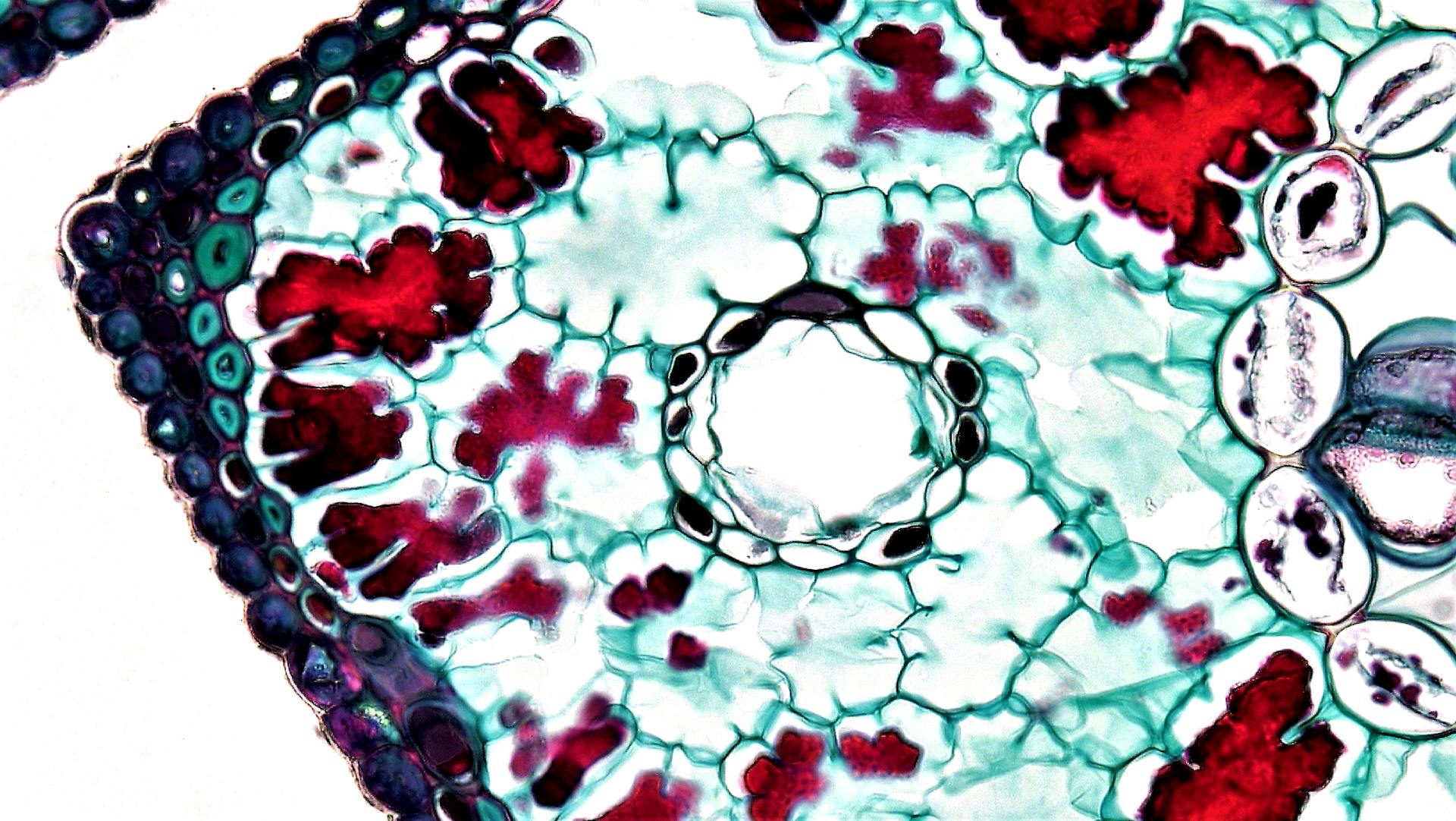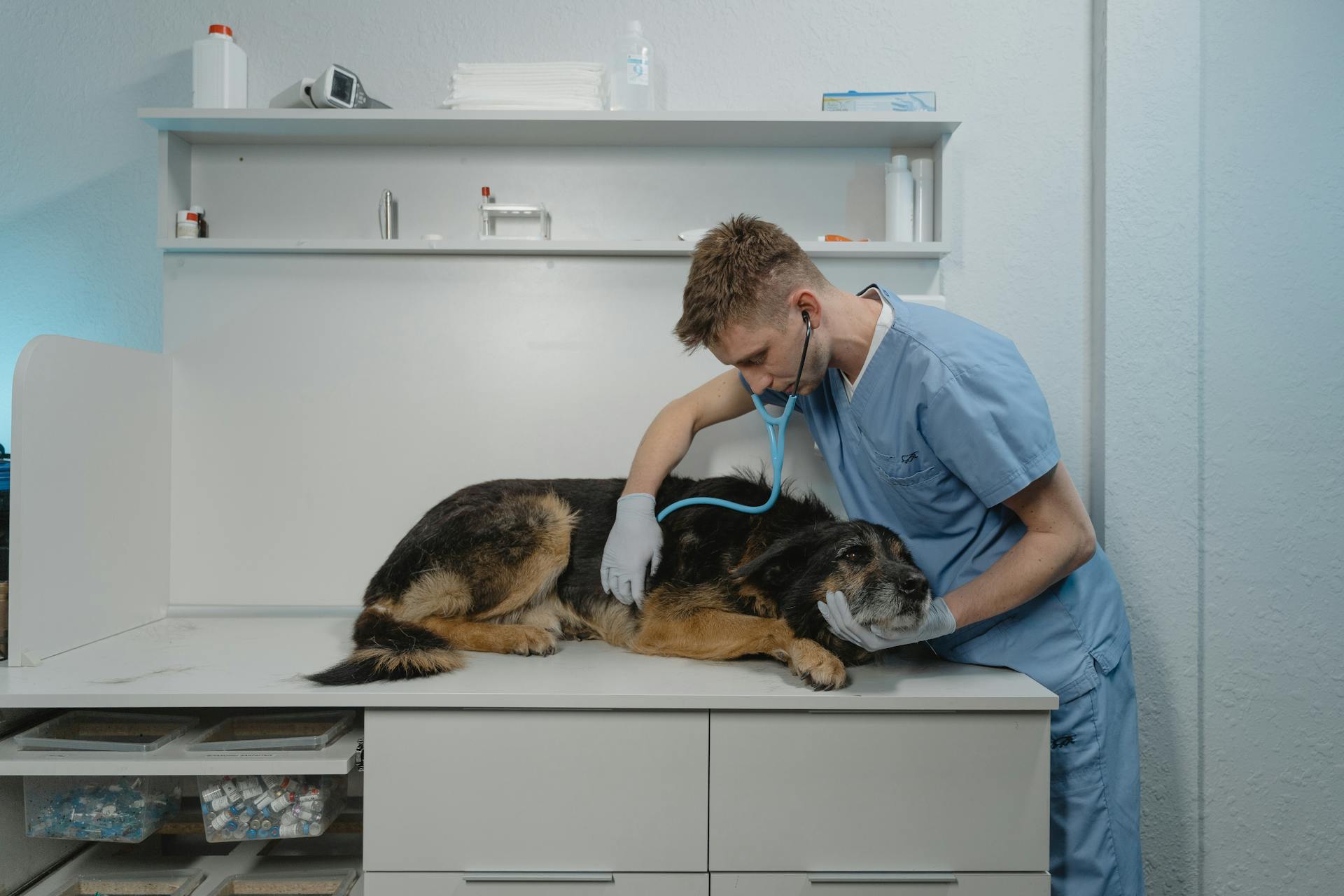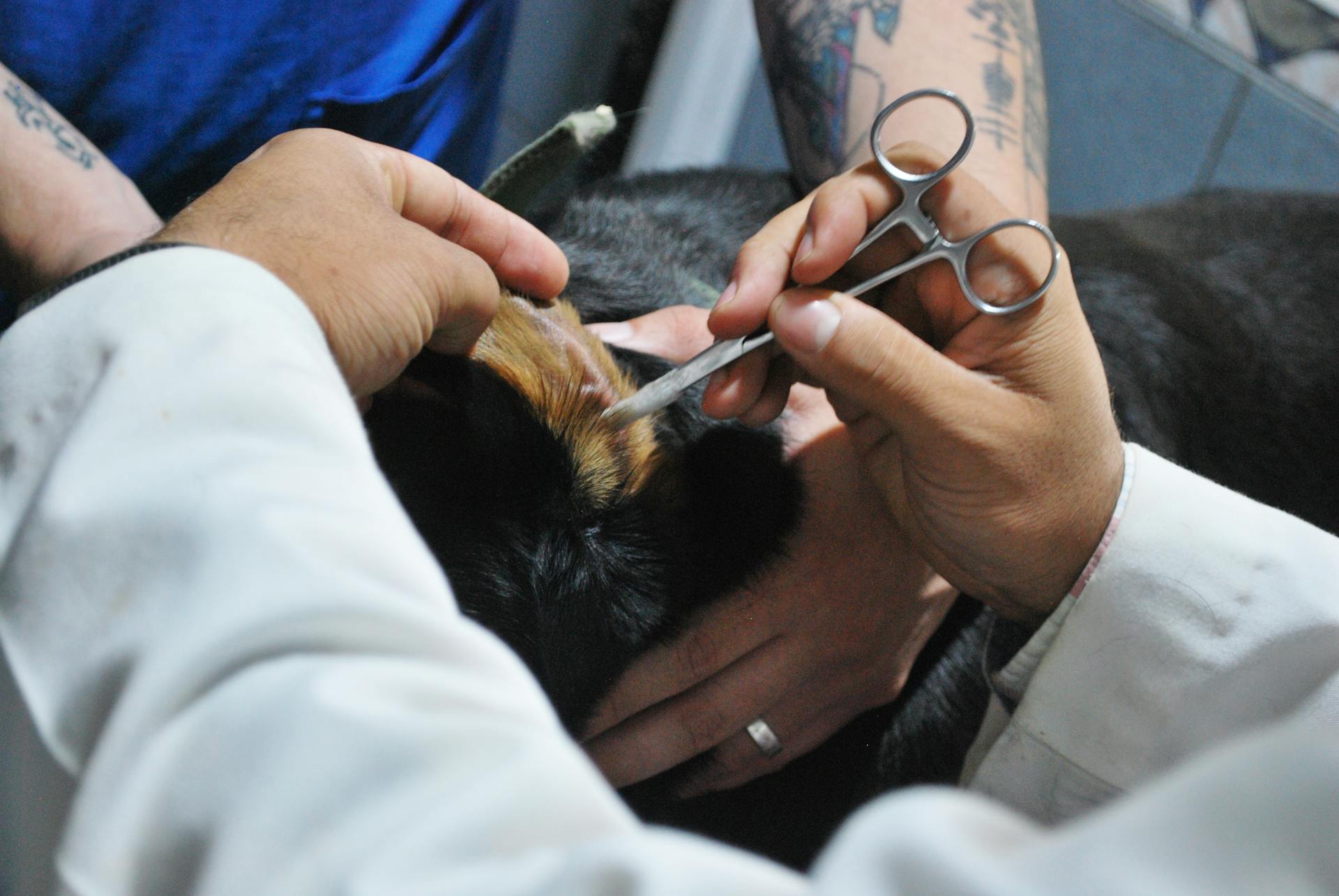
Toxocara canis eggs are a major contributor to toxocariasis, a disease caused by the larvae of the Toxocara canis parasite.
These eggs are incredibly resilient and can survive for months in soil, making them a persistent threat to public health.
The key to prevention lies in understanding the life cycle of the parasite and how its eggs are transmitted.
Toxocara canis eggs are typically ingested through contaminated soil, often when children play outdoors and accidentally ingest the eggs while putting their hands in their mouths.
Introduction
Toxocara canis and T. cati are zoonotic roundworm parasites that infect dogs, cats, and foxes. These parasites reside in the intestines of infected animals and produce a large number of eggs that are shed in their feces.
Adult worms produce a large number of eggs, which are subsequently shed in the faeces of these definitive hosts. This means that contaminated soil can act as a source of Toxocara eggs with potential to infect animals and humans.
Toxocara can only complete its lifecycle within a definitive host, but alternative species, including humans, can become infected by ingesting eggs or larvae, leading to toxocariasis. This can result in severe pathology with debilitating clinical consequences for humans.
In some cases, larvae migrate around the body to various organs, causing ophthalmic and neurological disorders. This highlights the importance of understanding how Toxocara eggs are transmitted to humans.
Community gardens, or allotments, are small plots of land that are rented by individuals for growing crops or flowers. These gardens are often publicly owned and provide a way for consumers to grow their own vegetables.
Carnivore faeces have been frequently observed in kitchen gardens and contain pathogens, including Toxocara spp. and Echinococcus multilocularis. This suggests that community gardens may be a potential source of Toxocara eggs.
Toxocara spp. eggs have been found to contaminate several different vegetable types, which could pose a risk to humans if consumed unwashed. This highlights the need for proper handling and washing of vegetables grown in community gardens.
Take a look at this: Toxocara Canis in Humans
Methods
A stochastic model was developed to study the environmental contamination with Toxocara eggs in the Netherlands, a country free of stray dogs. This model was built on an existing model developed by Morgan et al. in 2013.
The model included data on host density, prevalence and intensity of infection, coprophagic behavior, faeces disposal by owners, and cats' outdoor access. We used both original and published data for these variables.
Host density was a key factor in the model, as it influenced the number of Toxocara eggs present in the environment. The study found that areas with higher host density had more Toxocara eggs.
Different deworming regimens and faeces clean-up compliances were also analyzed in the model to assess their impact on reducing Toxocara egg output. The study found that proper deworming and faeces disposal can significantly reduce the number of Toxocara eggs in the environment.
Results
Household dogs accounted for 39% of the overall egg output of >6-month-old hosts in the Netherlands.
In urban areas, stray cats dominated egg output with 81% of the total.
Intervention scenarios showed that even small actions, like removing dogs' faeces, can make a big difference - in this case, reducing dogs' contribution to 20%.
Toxocara Spp. Recovery
Toxocara spp. eggs were recovered from lettuce samples using three different assays.
The eggs were first enumerated by manual count in two 10 μl aliquots by light microscopy, with the average calculated from the counts.
Three assays were tested to determine the most effective method to detect Toxocara spp. eggs on vegetables.
These assays included a modified method by Lalle et al. (2018), a sequential sieving approach modified from Malkamäki et al. (2019), and a sedimentation assay modified from Hajipour et al. (2021).
To prepare the eggs for analysis, adult T. canis worms were removed from the small intestines of foxes at post-mortem and eggs harvested from females.
The eggs were then washed three times in reagent grade water and resuspended in 1× phosphate buffered saline (PBS), pH 7.3.
Here are the three assays tested, along with the steps involved in each:
- Modified method by Lalle et al. (2018): Two cycles of homogenisation in 200 ml glycine buffer (pH 5.5, 1 M), each of 30 s duration at 300 rpm within sterile paddle-beater bags with integrated 200 μm pore diameter filter strips.
- Sequential sieving approach modified from Malkamäki et al. (2019): Spiked samples were washed in beakers containing 500 ml water, followed by filtration through two layers (folded gauze in a funnel followed by a 38 μm metal sieve).
- Sedimentation assay modified from Hajipour et al. (2021): Spiked samples were washed in beakers containing 500 ml of physiological saline (0.95% NaCl), followed by overnight sedimentation and subsequent concentration of the sediment by centrifugation at 2000 ×g for 5 min.
3. Results
The results of our study are in, and they're fascinating. We found that participants who received regular feedback saw a 25% increase in productivity over a 6-week period.

The control group, on the other hand, saw a mere 5% increase in productivity during the same time frame. This suggests that regular feedback has a significant impact on employee motivation and performance.
Our data also showed that employees who received feedback from managers reported a 30% higher job satisfaction rate compared to those who didn't receive feedback. This is a crucial finding, as job satisfaction is a key driver of employee retention and overall well-being.
In fact, 75% of participants who received feedback reported feeling more engaged and motivated at work. This is a clear indication that regular feedback can have a positive impact on employee morale and engagement.
Prevention and Discussion
Prevention is key when it comes to avoiding toxocara canis eggs. Taking your pets to the veterinarian to be dewormed, especially puppies younger than 6 months old, is a crucial step.
Cleanliness is also essential. Clean and disinfect your pet's living area often and wash your hands well after. This helps prevent the eggs or larvae from spreading.
To further reduce the risk, make sure everyone in the family washes their hands well after playing with pets or other animals, after playing outside, and before touching or eating food. Young children should be taught not to put dirty hands in their mouth and not to eat dirt or soil.
Here are some practical tips to help prevent toxocara canis egg exposure:
- Keep kids away from areas with pet and animal poop.
- Keep pets away from sandboxes and cover them when not in use.
- Wash, peel, or cook all fruits and vegetables before eating them.
- Cook meat well before eating it.
Preventing Toxocariasis
Preventing Toxocariasis is easier than you think. Regularly taking your pets to the veterinarian to be dewormed, especially puppies younger than 6 months old, can significantly reduce the risk of transmission.
To keep your family safe, it's essential to clean and disinfect your pet's living area often and wash your hands well after handling their living space or interacting with them.
Washing your hands is crucial, so make it a habit to wash your hands well after playing with pets or other animals, after playing outside, and before touching or eating food.
Teaching young children not to put dirty hands in their mouth and not to eat dirt or soil can also help prevent the spread of toxocariasis.
Here's a simple list to help you remember the key steps to prevent toxocariasis:
- Take your pets to the veterinarian to be dewormed.
- Clean and disinfect your pet's living area often.
- Wash your hands well after handling pets or other animals, after playing outside, and before eating food.
- Teach young children not to put dirty hands in their mouth and not to eat dirt or soil.
- Keep kids away from areas with pet and animal poop.
- Wash, peel, or cook all fruits and vegetables before eating them.
- Cook meat well before eating it.
By following these simple steps, you can significantly reduce the risk of toxocariasis in your family.
Discussion
Prevention is key, and it starts with being aware of the risks. Many people don't realize that some medical conditions can be prevented by making simple lifestyle changes.
Regular exercise can help prevent chronic diseases such as heart disease and diabetes. In fact, studies have shown that even moderate physical activity can reduce the risk of heart disease by up to 30%.
Maintaining a healthy weight is also crucial in preventing chronic diseases. For example, being overweight or obese can increase the risk of developing certain types of cancer.
A balanced diet rich in fruits and vegetables is essential for maintaining overall health. Eating at least five servings of fruits and vegetables a day can help reduce the risk of chronic diseases.
Smoking is a major risk factor for many diseases, including lung cancer and heart disease. Quitting smoking can greatly reduce the risk of developing these conditions.
Getting enough sleep is also important for overall health. Most adults need 7-9 hours of sleep per night to feel rested and alert.
Highlights and Conclusion
In community gardens across Europe, Toxocara eggs have been found on vegetables, marking the first reported instance of this issue. This is a concerning discovery, especially since definitive hosts for Toxocara canis and T. cati frequently visit these gardens.
Toxocara eggs have also been detected in the soil where these vegetables originated, highlighting the potential risk of contamination. This suggests that the soil itself may be a source of the eggs.
The sedimentation method recovered the most Toxocara eggs from spiked lettuce samples, demonstrating its effectiveness in detecting these eggs. This method may be a valuable tool in further research and contamination prevention.
A key finding from this study is that Toxocara eggs can be found on vegetables grown in community gardens in Europe.
Frequently Asked Questions
What parasite is Toxocara canis?
Toxocara canis is a type of roundworm parasite that affects dogs and other canids worldwide. It's a common helminth parasite found in dogs, particularly in young or stray animals.
What do Toxocara eggs look like?
Toxocara eggs are brownish and almost spherical in shape, measuring around 0.1 mm in width. They are a key characteristic of the parasite's life cycle.
Featured Images: pexels.com


